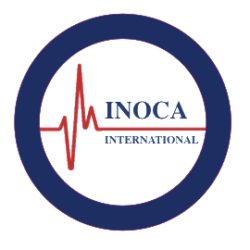
Patient Stories
“I was a 45 year old healthy, fit, nonsmoker who worked as a corporate executive in Ireland and led a very busy and fulfilled life. Suddenly, I was like an invalid, unable to work, socialise, or exercise.”
An INOCA Patient
Here you will find a selection of patient stories in written and video format. You can hear about the experiences of others and about recognising triggers and trends which may help in the day to day management of your INOCA condition.
Please remember as always, that nothing contained in this or any other page of the INOCA International website should be considered in any way as any form of medical advice or recommendation. The patient stories below are shared with the permission of the patients in the simple hope that their experiences may be of help to others in understanding the often very complex and confusing conditions of INOCA.
Stephen’s story
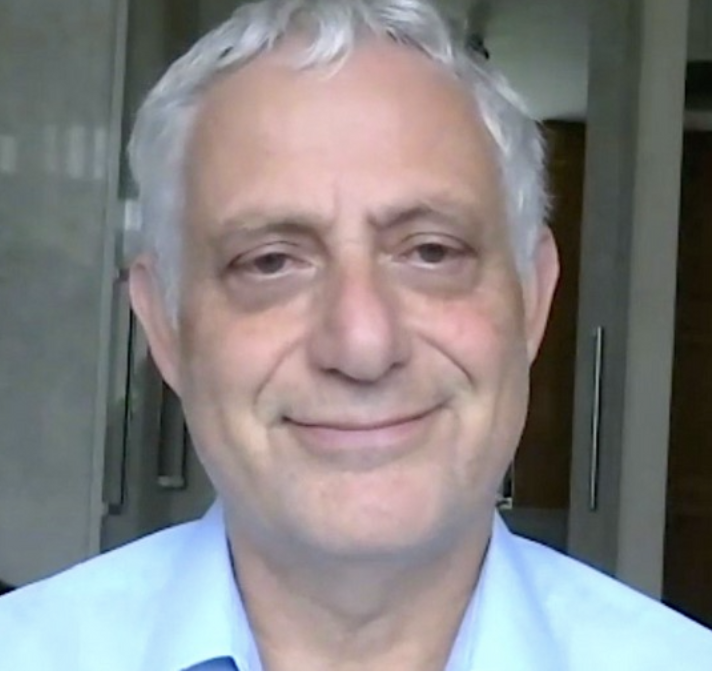
Stephen’s INOCA journey started around 20 years ago with chest pains that were investigated. As nothing showed up on the usual testing, doctors dismissed him, even going as far as to say the symptoms were ‘in his head’. As many people who live with INOCA are menopausal women, Stephen felt even more isolated and became more debilitated as time went on. Stephen experienced many trips to A&E and has found that support and treatment differs dramatically between areas. Stephen had to give up work at the age of 53 after struggling for several years trying to work with this condition. Prior to INOCA, Stephen had been a very fit person physically having run in not one, but three London Marathons as well as swimming, cycling and walking. Thankfully Stephen eventually found a cardiologist who specialises in INOCA who listens and treats him as a human being and who believed that Stephen’s pain was real. Stephen’s hope for the future is that further research could reveal a targeted approach for INOCA syndromes.
Hazel’s story
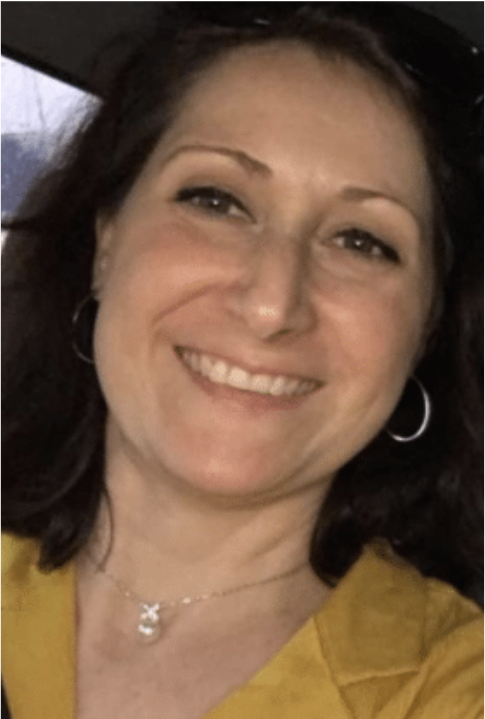
Hazel who lives in Gibraltar, experienced shortness of breath and chest pain that radiated to her back. She was dismissed and had to muddle through with young children. Eventually her symptoms became so severe she has had to attend her emergency department numerous times and felt she was bounced from cardiologist to GP like a ‘ping pong ball’. Many tests she underwent were normal apart from her ECG and stress test. Luckily, Hazel eventually saw a cardiologist who believed her and carried out more tests to get to the bottom of her symptoms. She was then diagnosed with Microvascular Angina. Hazel was saddened to learn that there was no ‘magic’ pill that would allow her life to return to how it was before the symptoms started and she also had to reduce her working hours. Hazel felt very isolated and alone as there was no one who understood what she was going through. Luckily Hazel found INOCA International and found others who are living alongside INOCA conditions, and was able to educate herself regarding treatment pathways and listen to world renowned experts in INOCA conditions.
Sally’s Story
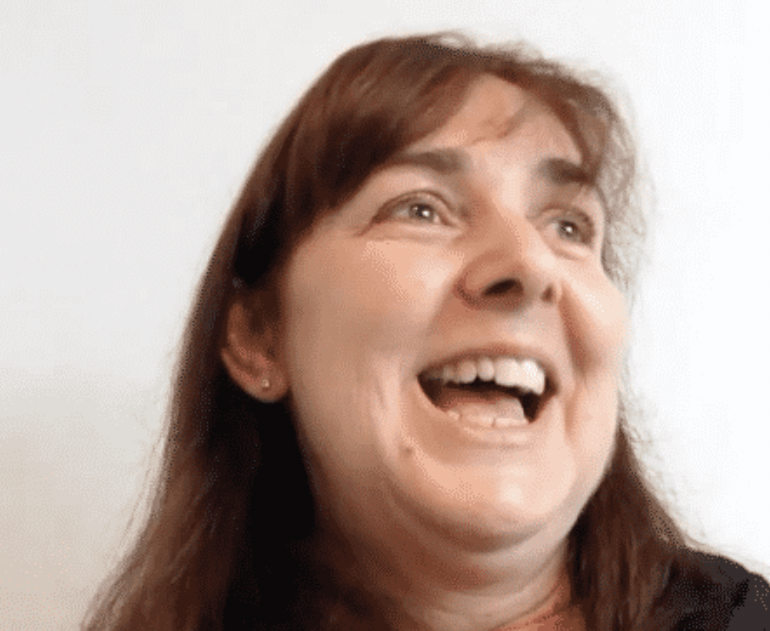
Sally’s symptoms were dismissed as she didn’t meet the criteria for cardiac disease and was consistently told the pain she was experiencing was all in her head. Sally had a lonely and long-drawn-out battle to diagnosis which eroded her self-confidence and self-esteem. She lost a career and her family dynamics changed dramatically. She had always been full of energy and would engage enthusiastically with any activity her children undertook, but this changed after INOCA symptoms hit, to her then became ‘the mum who sits on the sofa under a blanket’. A huge step forward for Sally was understanding that pushing through chest pain would make her worse rather than better. Sally has encountered many medical professionals who sadly did not understand and in some cases totally dismissed INOCA as being non-cardiac in nature. This lack of knowledge and lack of understanding has prompted Sally to not go to A&E even when she feels she needs to, because of the treatment she has received in the past. Sally travels a long distance which causes symptoms to spike but she has found a cardiologist who understands INOCA and who listens and says the long journey is very worthwhile because of this.
Lucy’s Story
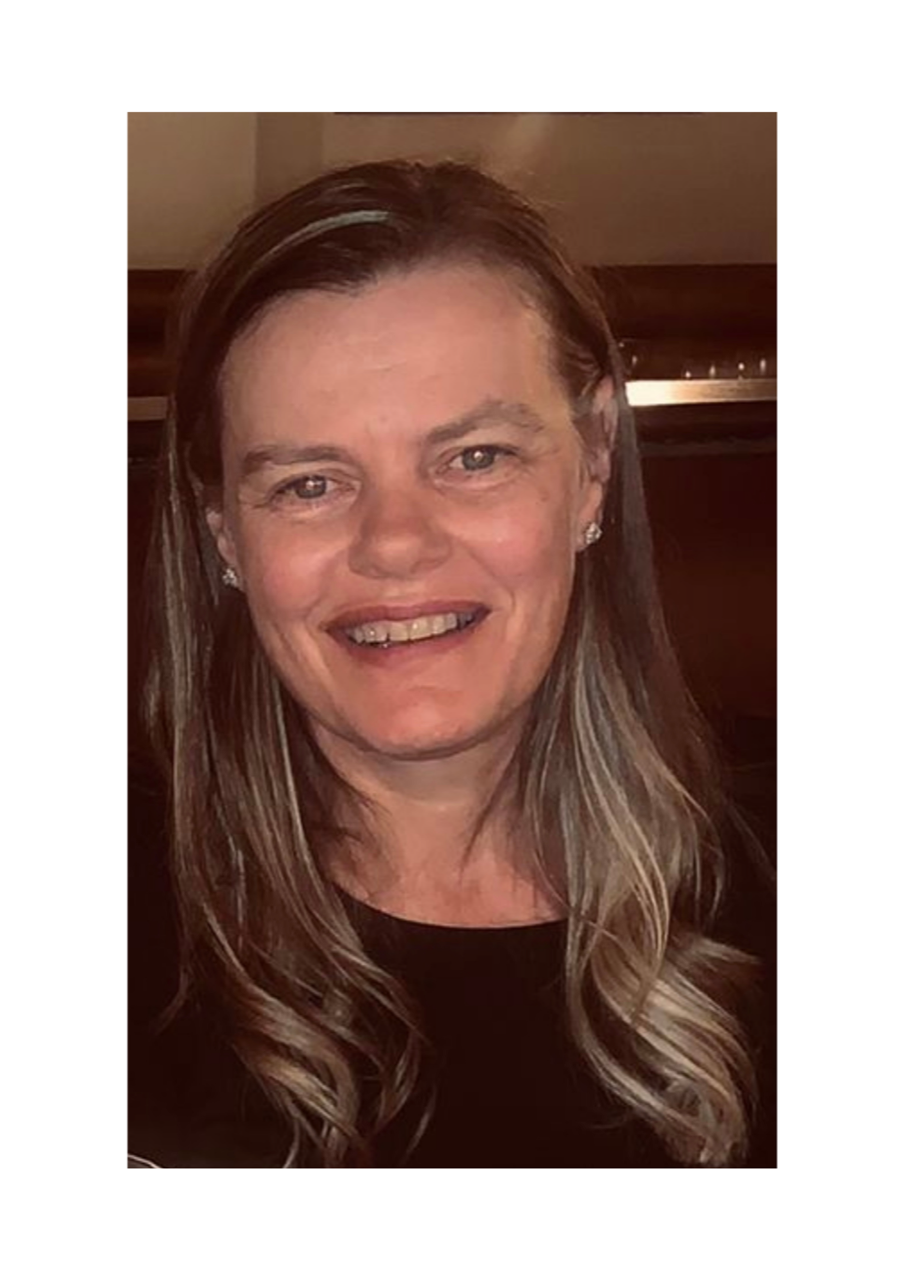
Lucy was a Corporate Director in Ireland when she started to feel unwell with INOCA. Her journey from first symptoms to diagnosis took over 8 years. She experienced shortness of breath, extreme exhaustion and described herself as having become completely unfunctional with no social, personal or work life at all. Lucy was told there was ‘no such thing’ that the condition didn’t exist and, like many INOCA patients, was told that the symptoms she was feeling were all in her head. She described the journey as soul destroying. Lucy’s first Cardiologist was sympathetic to her condition but was not an INOCA specialist. Lucy’s second cardiologist however was an INOCA specialist that Lucy sought out privately. In the care of the INOCA specialist the mechanism of Ischaemia was identified via appropriate diagnostic testing and the medication was then tailored to the specific type of INOCA, which resulted in Lucy being able to function again. Lucy is now back to walking and gardening and is also back working part-time – something she did not think she would ever be able to do. Lucy says she has a quality of life she could not have dreamed was possible and looks forward to the day when INOCA is on the list of possibilities in all hospitals and when this level of diagnostic testing and tailored management is available to all INOCA patients.
